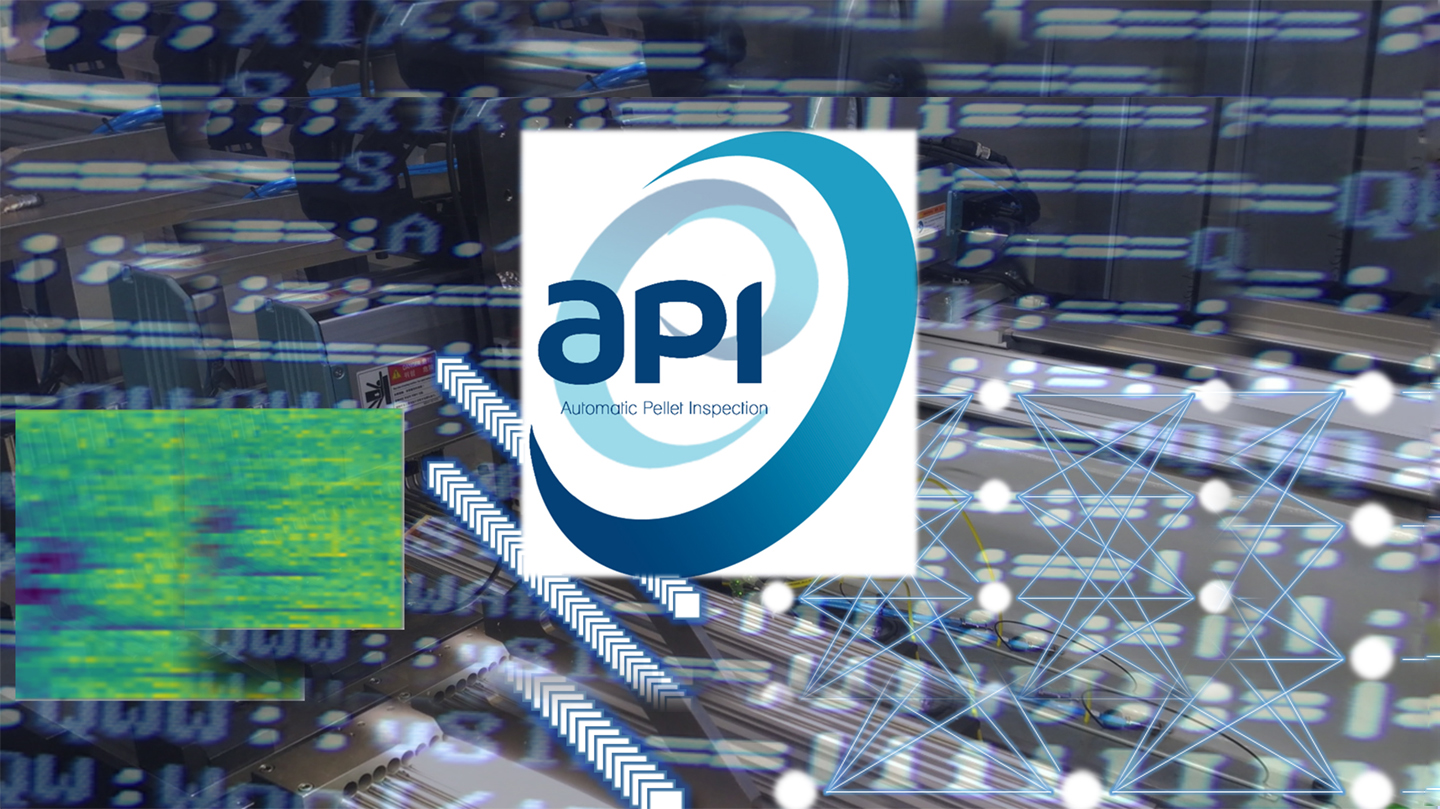ENUSA, as nuclear fuel manufacturer, must comply with high quality standards for the manufacturing process. An example of it applied to nuclear fuel pellets manufacturing are the automatic visual inspection equipment for defect detection and pellet rejection at ENUSA factory. This equipment has been developed by ENUSA since 2000; two of them have been exploited at ENUSA’s factory, and, in 2019, a third one was supplied to Jianzhong Nuclear Fuel Co., Ltd. (CJNF) at Yibin (China).
Automatic Pellet Inspection Equipment (API) uses traditional image analysis techniques. Thanks to the effectiveness shown by this equipment, ENUSA continued working on its technical evolution, more so considering the improvements image acquisition systems and image analysis techniques over the last years.
The use of deep neural networks (DNN) for image pellet analysis provides more reliable results and superior capacity to discriminate small changes in the image compared to traditional techniques. Based on all this, ENUSA decided to investigate DNN and its use in API equipment, within a collaboration project with AUDIAS (Audio, Data Intelligence and Speech) research group of “Universidad Autónoma de Madrid”. This research group has considerable experience in neural networks and signal processing for real applications.

Thanks to this collaboration an image analysis system based on deep neural networks has been developed. This system is capable to detect the defects on the pellet images acquired by the API and classify them. The project included the developing of the image analysis system based on DNN; the creation of a defect database by manually labelling the defects on the images; and a software tool to create a big quantity of new defects in an artificial and obtain better results on the network trainings.
The image analysis system based on DNN has two clearly differentiated parts: a convolutional neural network and a network “fully connected” neural layers, joined by a flatten operation (matrix to unidimensional array data transformation). The convolutional layers extract the more representative image characteristics and the “fully connected” layers determines the defect presence and its type.
To find the better network architecture, multiple test were performed with different network configurations (size of input image, number of convolutional layers, size of kernel filters, number of fully connected layers and neurons per layer, etc.). Using the architecture that obtains the better success rate (percentage of defects properly classified according manual labelled defects), a success level of 90% is achieved.

This result demonstrates the potential of DNN for the image analysis and confirms the feasibility for its usage on defect detection and classification on UO2 pellets inspection.
Currently ENUSA is working on the integration of this system based on DNNs on API’s inspection software to test its behaviour on real conditions and compare both image analysis systems under the same conditions. The final comparison will be determined by the defect classification and, ultimately, the false acceptance and the false rejection levels.




